Get to Know Vibrio Bacteria in Vaname Shrimp As the Cause of Various Diseases
Several types of vibrio bacteria often found in shrimp ponds include Vibrio harveyi, Vibrio parahaemolyticus, Vibrio alginoslyticus, Vibrio anguillarum, Vibrio vulnificus, and Vibrio splendidus.
Therefore farmers need to detect the presence of this bacteria as early as possible. This is done to minimize the risks that the farmers may face.
What is Vibrio in Vannamei Shrimp?
Vibriosis is a disease caused by an attack of vibrio bacteria in vannamei shrimp. In addition to vibriosis, the bacterium Vibrio sp. can also cause Acute Hepatopancreatic Necrosis Disease (AHPND) and White Feces Disease (WFD).
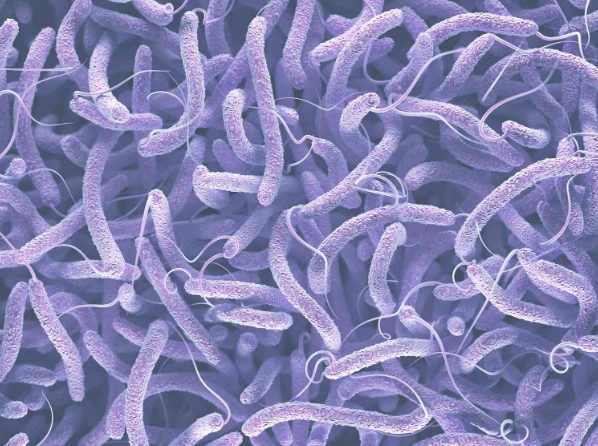
Several types of vibrio bacteria often found in shrimp ponds include Vibrio harveyi, Vibrio parahaemolyticus, Vibrio alginoslyticus, Vibrio anguillarum, Vibrio vulnificus, and Vibrio splendidus.
Contamination and Spread of Vibrio Bacteria in Vannamei Shrimp Ponds
As one of the fisheries commodities whose production continues to increase yearly, vannamei shrimp are economically able to contribute up to 33.1% in export value.
What’s more, with an intensive cultivation system, the productivity of shrimp ponds can experience a significant increase. But on the other hand, intensive cultivation systems can cause a decrease in water quality which can cause disease attacks, one of which is vibriosis.
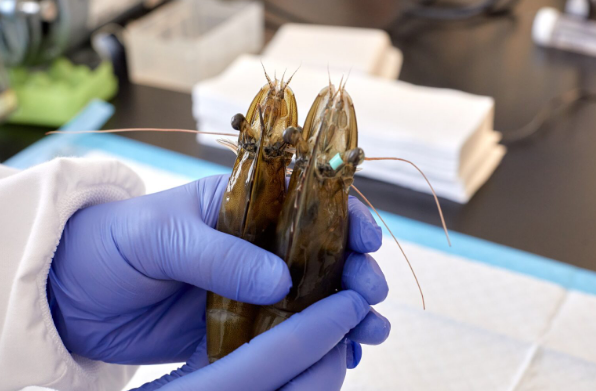
The presence of Vibrio sp bacteria in waters is usually affected by poor physical and chemical parameters. Starting from the high pond water temperature, there is too much organic waste sediment deposition to the water salinity that is too high.
However, the contamination and development of vibrio bacteria in vannamei shrimp can be reduced in several ways, such as by using chemicals according to standards to kill bacteria.
Cre: DELOS Aqua








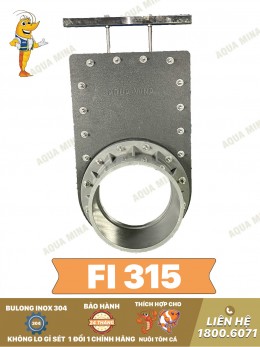
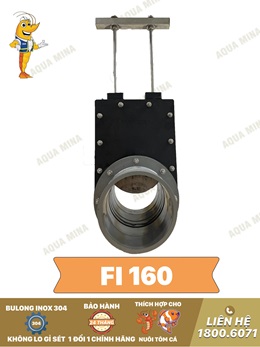

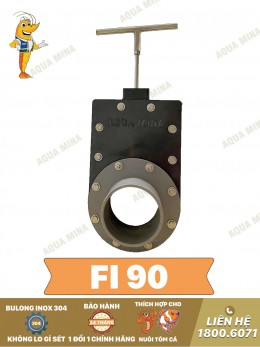
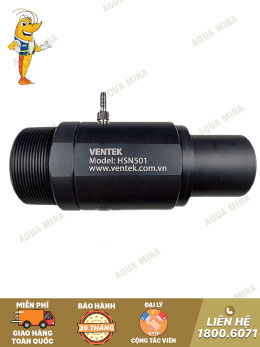
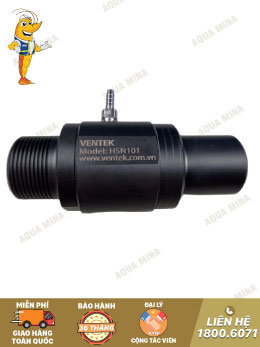

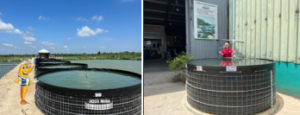


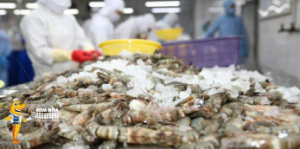
.jpg)